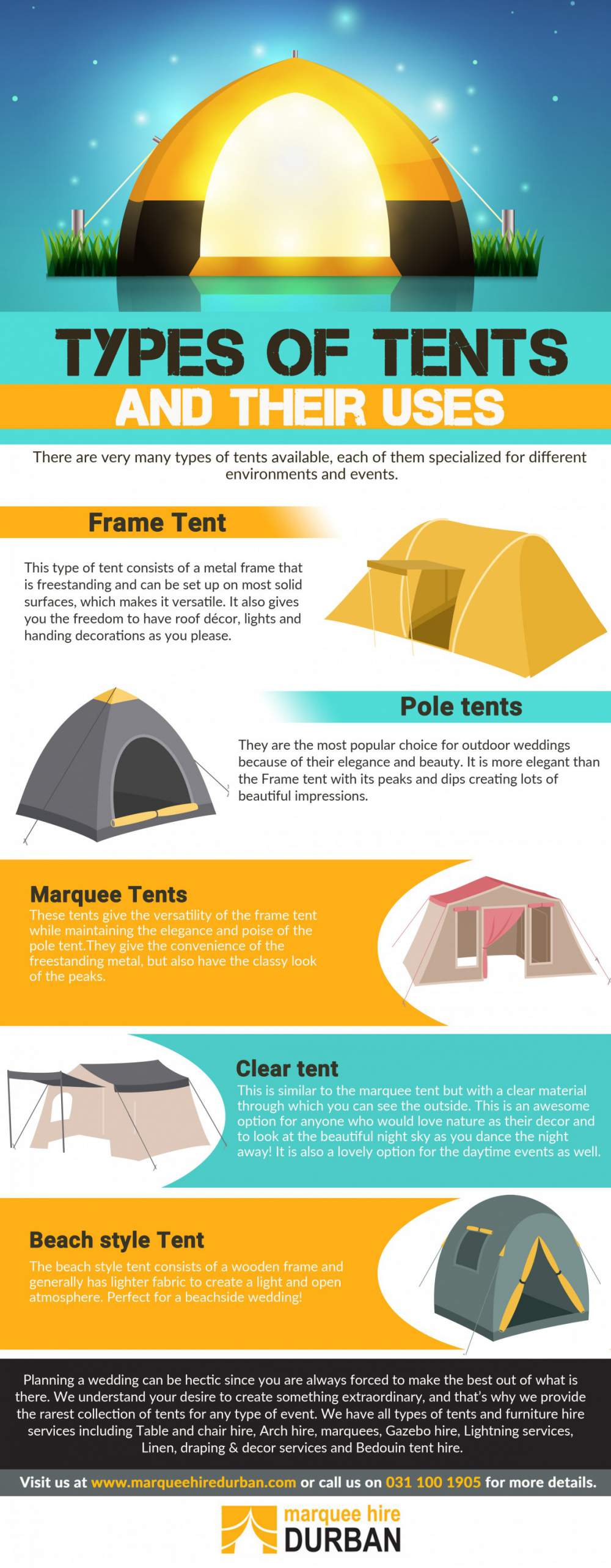The Evolution Of Wall Tent Frame Design
The Duty of Corner Angles in Structure SecurityAngles play a crucial function in building. They affect security, toughness, functionality, and even visual appeals. Builders make use of different types of angles for frames, structures, building and construction materials, and much more.
From iconic bridges like the Golden Entrance Bridge to day-to-day industrial warehouses, steel angle bars are a crucial component of several metal structures. Their toughness and toughness make them a suitable material for sustaining hefty tons and enduring ecological obstacles.
Toughness
In the building and construction sector, 90 level angles are necessary for maintaining frameworks solid and stable. They can be discovered in many tasks, including foundations and structural frames. They also aid distribute the weight of a structure uniformly and prevent changes or breaking.
In industrial buildings, steel angle is commonly utilized to connect or enhance metal stud framing. Its toughness implies it can withstand hefty loads and last for many years, making it a popular selection in industrial workshops.
Additionally, the adaptability of steel angle allows it to match a range of architectural styles. This adaptability is improved by its broad selection of lengths and thicknesses, which permit architects and designers to customize their frameworks. Rounded edges additionally decrease stress and anxiety concentrations and improve distorting strength, specifically in end-notched beam of lights. This allows them to be integrated right into larger structures, like roof covering trusses, without compromising their honesty. The synthesis of robust stamina and flexibility makes steel angle an important property for constructing large, intricate building frameworks.
Longevity
Structural stability is critical to the longevity of windows and doors, making certain that they can withstand environmental stress and anxieties in time. Using welds and company joints, along with strengthened edges, helps decrease the risk of failing and reduces maintenance prices.
The 90 level angle is a staple in construction jobs as a result of its ability to offer stability and stamina. Nonetheless, engineers also utilize other types of angles in their layouts to attain specific objectives. For instance, curved inside edges boost architectural security in stone structures by distributing tension uniformly.
Various other applications of the L-angle consist of constructing bordering and yard and landscape elements. The sturdiness of these pieces allows them to endure the aspects and produce specified limits in yards and sidewalks. They are additionally an eye-catching choice to bulkier products and can match the all-natural forms of exterior rooms. Last but not least, the longevity of steel angle sustains environment-friendly building and construction techniques by lowering source intake and expanding the life of structures.
Adaptability
The ideal angle is a vital item in the framework of lots of all-natural and manufactured structures. The ideal angles are discovered in squares, rectangles and triangles and assist the shapes hold their strength and stability. Engineers rely upon the right angle to build and create structures, bridges and other structures.
Flexibility is the ability to move several joints via a variety of movement without injury. Unlike more general or systemic fitness parts, adaptability is extremely particular to individual joints and may differ significantly between individuals. This makes it hard to develop an association between a specific adaptability test and health compass outcomes in young people.
This chapter presents an overview of what is presently found out about the partnership in between versatile movements and health end results in young people. It goes over physiology that underlies the connection in between versatility and health, and reviews commonly used adaptability examinations. The chapter additionally takes a look at the strengths and constraints of existing information regarding these partnerships.
Looks
Whether you use an edge for a shelf or as a spot to present your collection, the angle forms how it's regarded. Curves evoke gentleness and approachability while angles bring structure and power. When utilized together, bent and angular styles develop an unified balance that really feels modern and innovative.
Scientific research study shows that people prefer rounded edges, even when they're not purposely familiar with it. They're easier on the eyes and lower tension by lowering cortisol levels in the mind. Researchers think this is because sharp angles set off the amygdala, causing a risk feedback similar to that of thorns or claws.
Spherical shapes are additionally a pattern in interior design, and they're expected to continue to dominate the digital world. Anticipate squircles and waved sides to end up being a lot more popular in UI/UX and in home design, as well as AI-driven devices that enhance edges based on individual actions (16 ). In the long run, they'll give stability while maintaining style, appeal and approachability.
